Major life events such as births, deaths and marriages are some of the key milestones in a person’s life, and are a great place to start when researching an ancestor. Often, basic information such as dates can be quickly sourced via birth, death and marriage indexes. But while dates can help build the bones of someone’s life story, there’s so much more information that may be hiding in someone’s birth, death or marriage certificates which won’t be visible on an index. So where are the certificates, how do you search for them, and what might be contained in them?
Let’s have a look at what we can find…
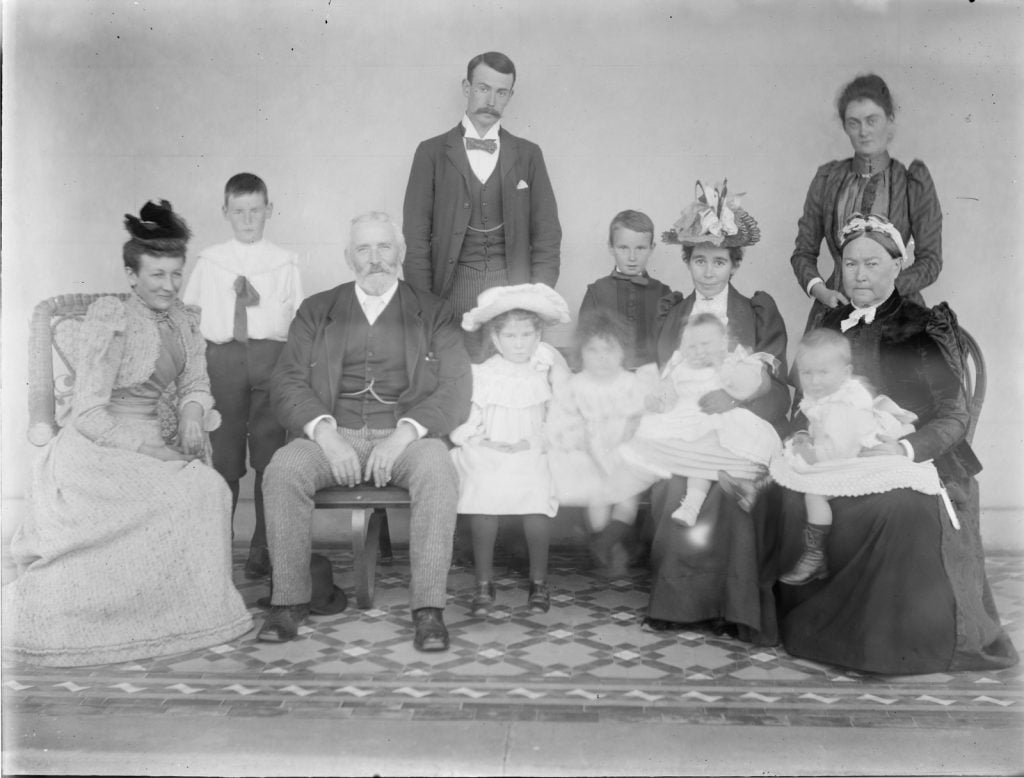
Finding records
In Victoria, birth, death and marriage records are held and administered by the Registry of Births, Deaths and Marriages Victoria, and you can search the indexes on their website. Anyone can freely search birth records more than 100 years old, marriage records more than 60 years old, and death records more than 30 years old. Formally registered certificates start in 1853, with early church records stretching back to 1836 also available on the Registry website.
Searching the index
Watch the below video for help with searching the Victorian Registry of Births Deaths, and Marriages, or check out the helpful searching tips on their website.
Certificates vs Indexes – what will I find?
So if the birth, death and marriage indexes are available online, why would I ever need to pay for the certificate?
Simply put, indexes don’t contain all the information that’s listed on a certificate. Indexes will include the dates, and often, locations of where an event was registered, as well as the names of the key people involved. In many cases this might be all that you need.

But there might be more to it that we’re not seeing on the index.
For example, the birth index will list:
- the child’s name and year of birth,
- the parents’ names (including the mother’s maiden name), and potentially,
- the town or suburb of registration.
Let’s say that I know that my great-grandfather was born in the Ballarat area in the 1890s. Finding his name in the Victorian Birth Index can verify his birth year and the names of his parents.
If I were to look at the certificate itself, I might also see:
- the full date of my great-grandfather’s birth (including month and day)
- his father’s occupation
- the birthplaces and ages of both of his parents, and
- the date that his parents were married.
It might also list any previous children that his parents had, which could help shine a light on long-lost siblings. Suddenly, I know a lot more about my great-great-grandparents, and all from one document!

A marriage certificate is likely to include the occupation and place of residence of both the groom and the bride, so these certificates can be useful when researching the lives of women. A marriage certificate will also usually include the names of both sets of the couple’s parents, which may not appear on the index.
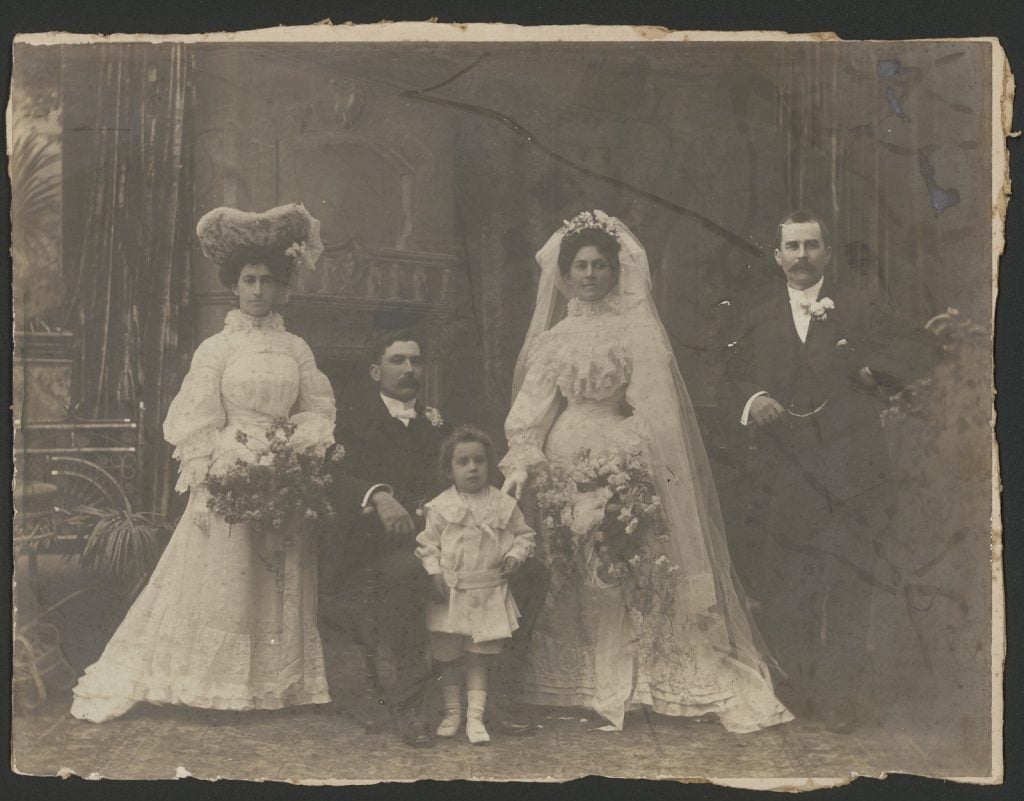
Death indexes might list the names of the parents and spouse of the deceased, but the certificate could list their children’s names too, along with the deceased person’s birthplace, place of residence, and occupation. And of course, a death certificate will be one of the best places to look for the cause of death and burial place of a deceased relative.
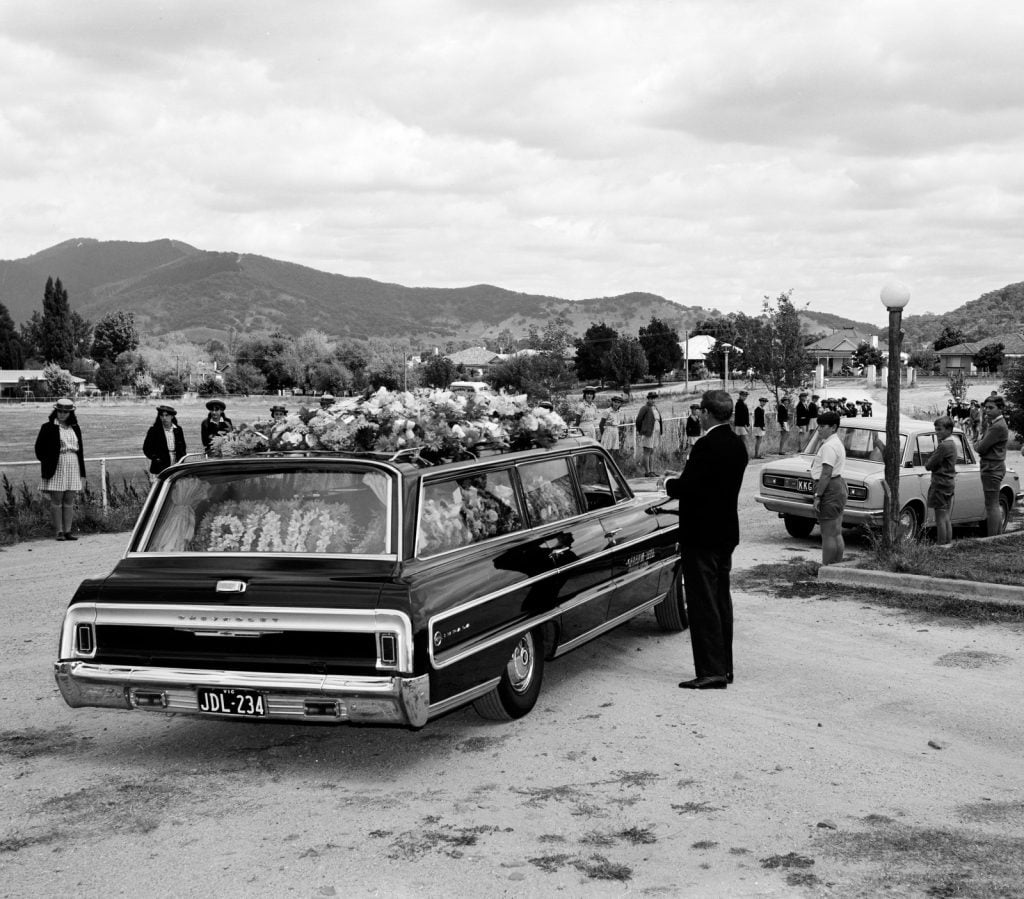
For a full list of what you are likely to find on a birth, death or marriage certificate from all states and territories, see the comparison document on our website.
Accessing certificates
Certificates can be purchased from the Victorian Registry of Births, Deaths and Marriages’ website. Either make a purchase from within the index entry or make a note of the registration number and order it from the Registry later. Check our document to see what information is likely to be on a certificate that you might not find elsewhere, and think about whether purchasing a certificate will be worthwhile for your situation.
Where else can I look?
You might find that you are unable to locate a name in a birth, death or marriage index as expected. Here are a few more places that you could look.
Other states or territories
It’s possible that the life event that you’re looking for didn’t happen in Victoria. You could try searching the registries of other states or territories, or using a combined index. The Australian Birth Index 1788-1922, Australian Death Index 1787-1985, and Australian Marriage Index 1787-1950 are available online via Ancestry Library Edition and FindMyPast. Both of these databases are available onsite at the Library or at most public libraries. A list of all of the Australian indexes and how to access them can be found in our online research guide.
Church records
Registering births, deaths and marriages with the Registrar did not become compulsory until 1853. Before then, records of baptisms, burials and marriages were kept in parish registers. Most of the records from 1836-1853 were transferred to the Registrar and now appear in the Index to Victorian Births, death and marriages, however some of the records were never sent across. If you are looking for a life event in the early 1800s, it might be a good idea to check early church records also. If you know the name of the church where a baptism or wedding occurred, check our catalogue to see if we hold their records.
A copy of Victoria’s early church records: baptisms, marriages and burials (1836-1853) CDROM is available on PCs 1-5 in our Newspapers and Family History Reading Room. This contains the same set of records now available at the Registry, but also some additional records between 1803 and 1906. As an added bonus, many of the original church registers have been scanned and attached to this database.
If a record was never transferred to Births, Deaths and Marriages, it may still reside with the Church. Unfortunately there is no central repository of these records, so it pays to have a good idea of the denomination and the region. For a list of many of the state and territory parish registers and the records centres where they can be accessed, check Parish registers in Australia: a list of originals, transcripts, microforms, & indexes of Australian parish registers by Nick Vine Hall, available for reference in the Newspapers & Family History Reading Room.
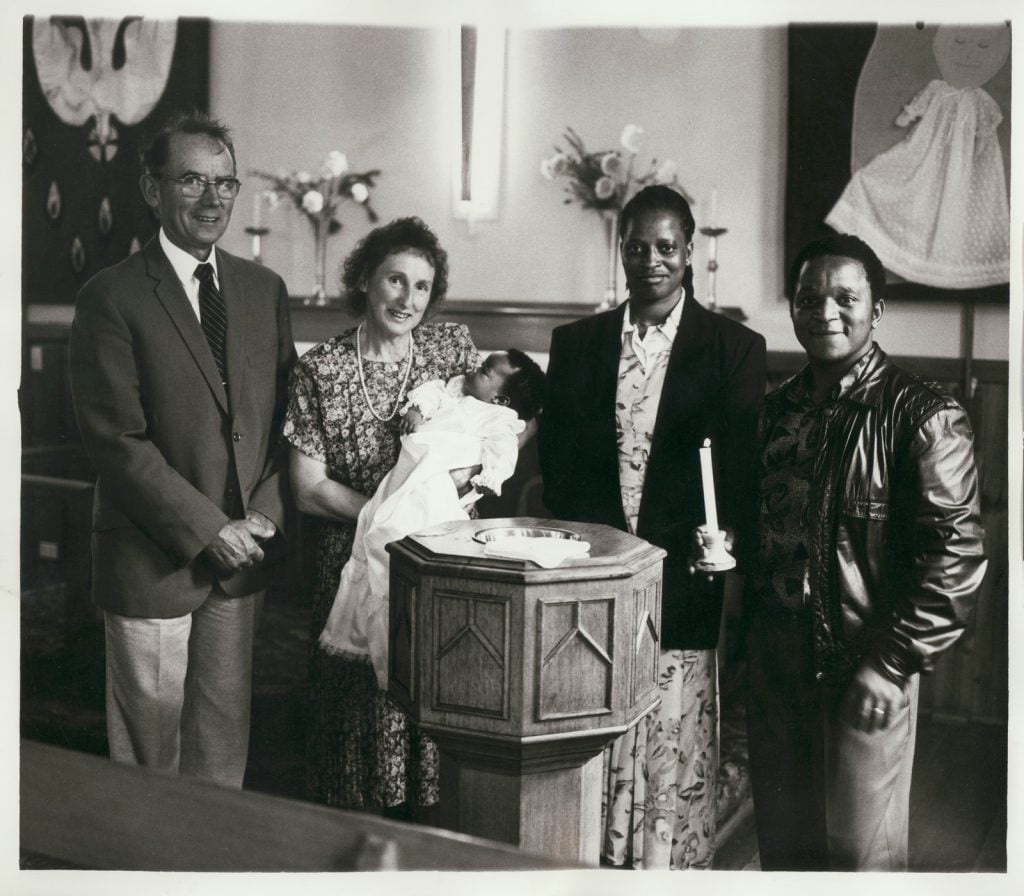
Vital notices
Death and funeral notices are commonly published in the newspaper, and can provide information about the date of death, funeral date and location, or burial place. They can also provide contextual information about extended family. Birth and marriage notices can also be extremely rich with information.
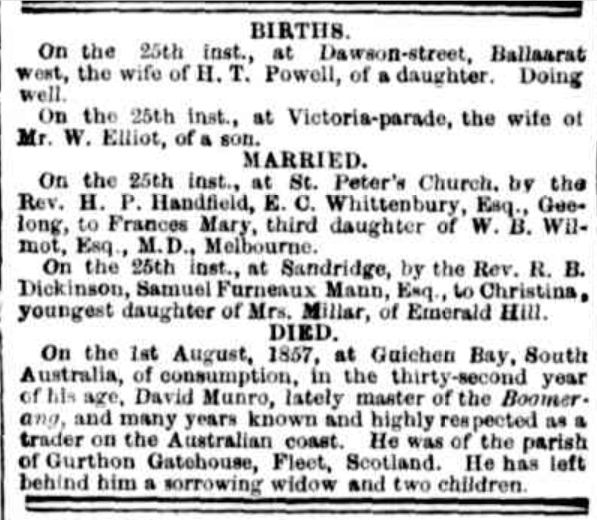
Many historical Australian newspapers (mostly pre-1954) have been digitised on Trove, and can be searched by keyword. The Ryerson Index indexes death and funeral notices for many Australian newspapers. If you find an entry for a notice in the Ryerson Index that hasn’t been digitised on Trove, you can come into the Library and check our microfilm or hardcopy newspaper collections. For more recent notices, you can check the digital tributes pages for the Herald Sun and the Age. Vital notices for the Age up until 2001 are also digitised on Ancestry Library Edition, available onsite at the Library.
Still can’t find them?
Try spelling variations of a name, and use wildcards such as (*) or (?) if the database allows. Don’t be too restrictive when setting your date parameters in a search – events late in the year were often registered at the start of the next year, and for various reasons you may find that someone has exaggerated their age up or down a few years.
The Library holds many Victorian Birth, Death and Marriage indexes on CD-ROM, accessible on certain computers within the Newspapers & Family History Reading Room. Although these indexes contain mostly the same information that is available via the Victorian Births, Deaths and Marriages website, these CD-ROM databases can allow for more flexible and complex searching, and can sometimes uncover information that is more difficult to find elsewhere.
And of course if you’re really struggling to find a record, set that search aside for now and try another resource or family member. New items are being digitised every month, and you never know what you’ll find with fresh eyes.
For more tips on researching Victorian births, deaths and marriages (and much more!) see our research guide on researching your Victorian ancestors.


Very useful, thanks.